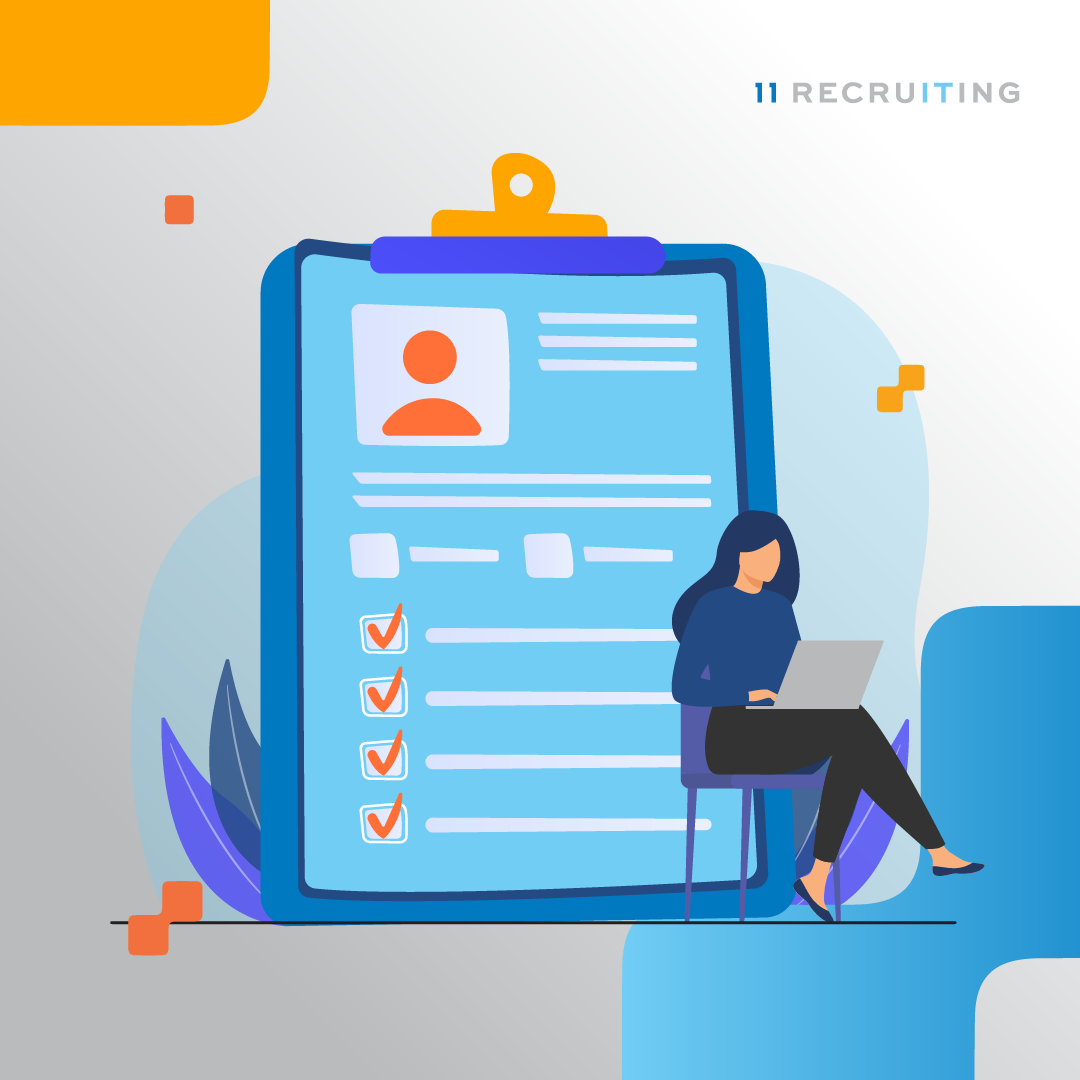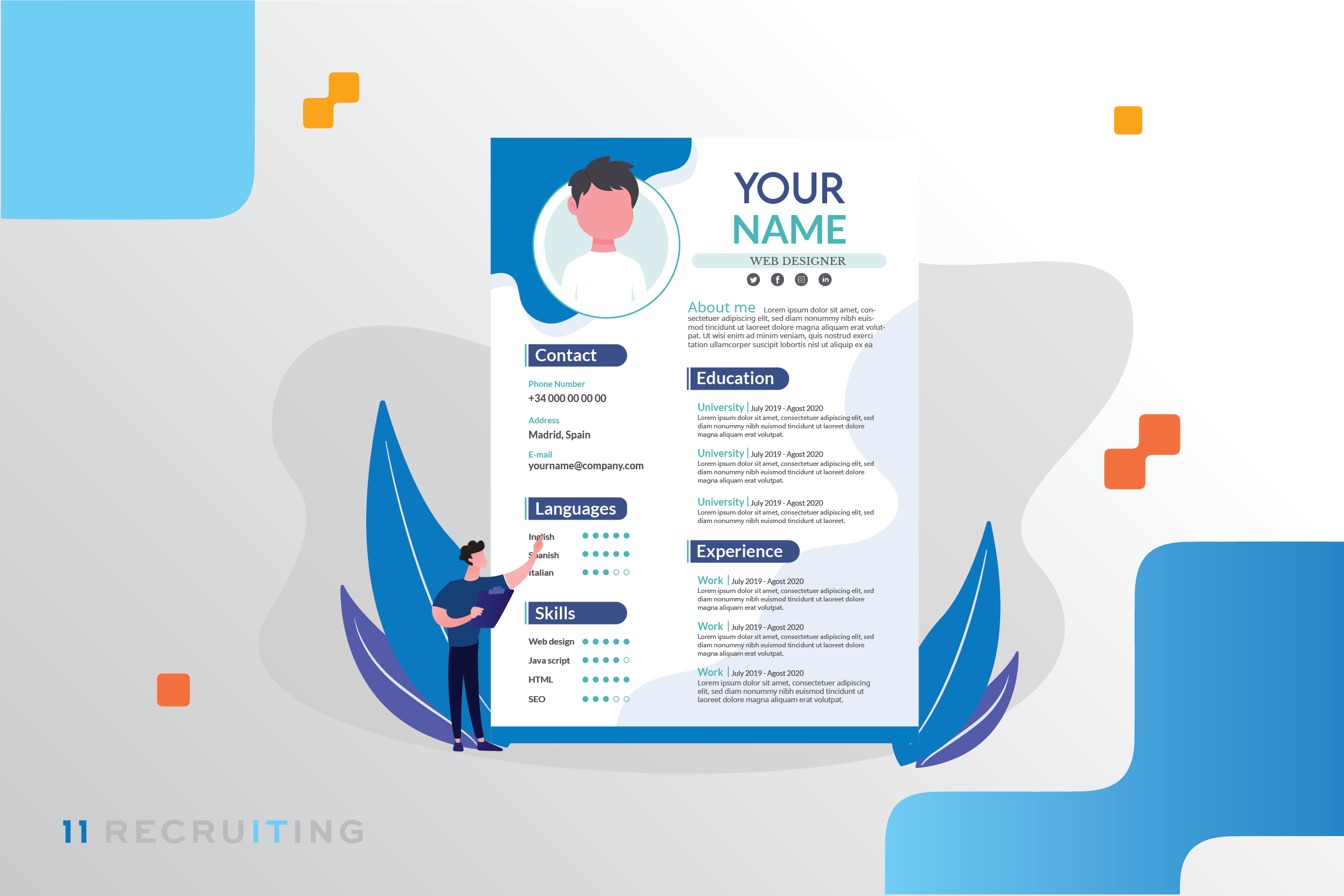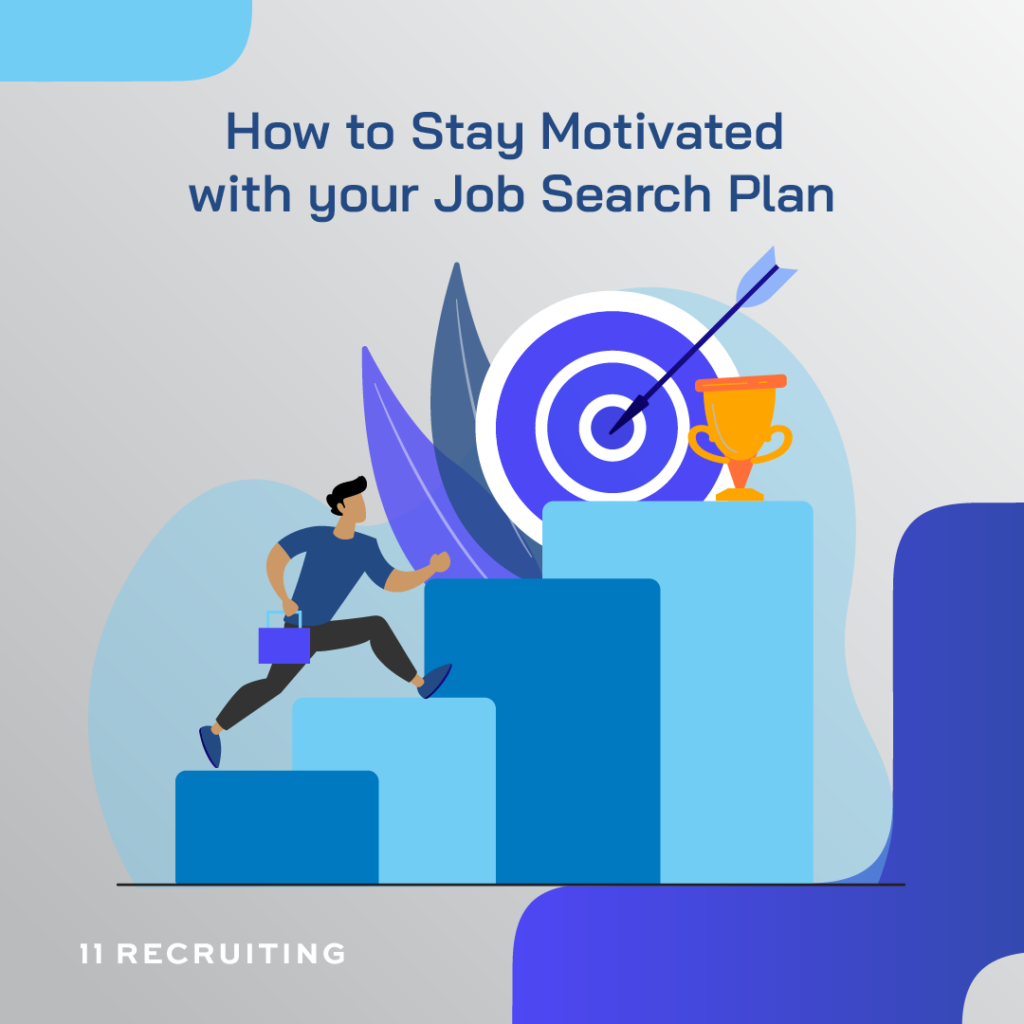
The purpose of a resume is to be the first point of contact any recruiter will have with you, so it’s vital to know what to include in your resume. Although different industries require different resume formats, there are still some common features that must be well structured in your resume to show an employer that you are the right fit for the job.
Remember, it only takes about 7 seconds to make an excellent first impression with your resume, so make sure you’re attentive to details while creating and articulating it. In this article, you’ll get a list of what to include in a resume with examples to help you to write your own.
Frequently Asked Questions
Why do I need an effective resume?
An effective IT resume helps you sell yourself well and to catch the attention of your hiring manager, without getting screened out. Another core purpose of a resume is to show how qualified you are to recruiters as it helps to communicate your education, work experience, and skills to them. One of the core resume tips and tricks you’ll find in an effective resume is the use of industry-specific keywords to help you rank top in the applicant tracking system.
Why do I need a two-page resume?
You only need a 2-page resume when you have a lot of relevant work experience in line with the job offer. So, if you’re still growing, and you don’t have a lot of experience, don’t pack your resume with irrelevant college experiences that don’t tally with the job position – it wouldn’t show how well you qualify for the job position.
What are the signs of a bad resume?
A resume is bad when it doesn’t serve its purpose, which means it’s landing you your job. If your resume has a lot of spelling or grammatical mistakes, unprofessional fonts, and general bad formatting, your resume is bad. Irrelevant work experience and skills also contribute to making your resume bad. Including fluff, irrelevant name titles, and buzzwords, play their parts too. All these factors show that you lack keen attention to detail, your written communication skills are poor, and even if you have the skills to fit the job, this can be a turn-off for most recruiters.
10 Things to Include in a Resume

1. Your Name and Contact Information
Your name is the first thing to include in your resume, as it’s what recruiters identify you with. When writing your name, make sure to include your first name and your last name in bold. Your middle name is not necessary, so is your title abbreviation like Ms, Miss, Her, Him, e.t.c. They’re irrelevant and can sometimes cause an unconscious bias to accept your application. Your contact information should also contain your phone number, email address, and other vital links like your LinkedIn page.
For example:
Michael Knobs
Los Angeles, California
michealkb@email.com
(123) 456-7891
agarder.portfolio.com
2. Resume Summary or Objective Statement
Your resume summary or objective is a short section with one or two sentences that explains (in short) who you are and why you are qualified for the role. It’s the first section the recruiter will give attention to when reading, and they’ll be using that to measure you up. So, make sure it is concise enough to captivate them. Ideally, you should use a resume summary if you have a lot of work experience, if not, you should go for the resume objective.
Any difference? Well, the summary gives a holistic overview of you and what you’ve achieved over the years. While your objective statement tells the recruiter about your general knowledge, skills, and career aspirations. Whichever one you’re going for, review the job posting for keywords that you have that are relevant to the position.
A resume summary can look like this: Well qualified cloud consultant with 3+ years of experience assisting in delivering innovative cloud solutions to maintain customer relationships as well as identifying market opportunity identification and financial modeling skill. Possesses superior communication skills between business and technical teams to meet workforce development needs.
A resume summary can look like this: An enthusiastic recent graduate in computer science looking to grow in the cloud industry with XYZ organization. Proven communication and problem solving skills.
3. Employment History or Experience
This section should highlight your past work experiences and the result you achieved. So using the chronological resume format, list your most relevant work experience at least within the last 3-5 years. Make sure to add the job title/position, the company name, location, and key responsibilities. You also shouldn’t write all your job responsibilities. Pick the ones relevant to the job you’re applying for and list them in bullet points. Also, don’t forget to use numbers to tell and prove your success, and use strong action verbs like assisted, managed, deployed, utilized, coordinated, etc.
An example of employment history looks like this:
Cloud Consultant
BCG| May. 2020 – January 2022
- Salesforce Sales Cloud experience with 1years of experience on Salesforce Marketing Cloud.
- Market opportunity identification and financial modeling skills.
- Implement system infrastructure and cloud solutions, including data storage, networking, monitoring, and security.
4. List of Relevant Skills
Another purpose of a resume is to give the employer a bird’s eye view of what you can offer. The skills you’re going to include in your resume should be relevant to the job descriptions. Stuffing your resume with irrelevant skills is a major turn-off for most recruiters.
So, make sure you check the job description and check with yourself the skills you have that fit the description. Then add them to your resume. Your skills should contain both technical skills and soft skills as well.
Your skills section might look something like this:
Technical skills: Oracle, PowerBI, JavaScript, Red Hat OpenStack Platform, Python, Business Analysis
Soft skills: Effective Communication, Willingness to learn, Leadership, Problem Solving, Time management, Attention to details, Team player
5. Education
This section should be the shortest, yet it must make a good impression. As a professional, you shouldn’t include your high school or college. You only need to add your Degree/Diploma, the school name, location, and completed date. As an entry-level applicant, you should include your degree, the school name, location, your completed date, or your expected graduation date.
For professionals, your experiences should come before your education as that is your strong selling point, and if you’re an entry-level student, your educational background should be first.
Your education section should look like this:
Name of your school: Hardvard
Location of your school: Massachusetts Hall, Cambridge
The degree you obtained: B.Sc
Your field of study: Computer science
Graduation year: 2022
6. Certifications and Achievements
This additional section shows your relevant certifications achievement that tally with the job position. It also gives you extra points and standings with the recruiter by painting a better picture of who you are as an individual.
You don’t have to add your language or hobbies, except it’s a requirement. Nonetheless, make sure your certifications are from credible sources and can be verified as you wouldn’t want to look like a fraud even before they have a one-on-one meeting with you.
7. Include Industry-specific Keywords
Another purpose of a resume is to ensure that the right people see what you can offer. Use the industry-specific keywords you can get from the job description to create a catching resume. The application tracking system (Artificial Intelligence) favors industry-specific keywords and phrases from the job description.
So, play around with them, write words around them, and include them in your resume. While you’re doing this, don’t stuff your resume with redundant keywords or irrelevant ones. Doing this will make your resume look fake and less authentic.
8. Include Numbers, Metrics, and Data
Numbers, metrics, and data are attractive to recruiters’ eyes, and they make your resume interesting to read. As you know, they only have 7 seconds to skim through your resume, and while doing this, they look for facts and data. For example, creating a recruiting strategy that gave a 97.9% ROI on diversity and inclusion is better than creating a recruiting strategy that doubled our workplace diversity and inclusion.
9. Use a Professional Design and Resume Template
Your resume should include a simple yet professional design. So, adopt font size between 10-12 and fonts like Calibri, Times New Romans, or Arial. Also, use a font spacing of 1 as these effects look great when reading your resume via a computer.
10. Add Relevant Links
If you have links to any project you’ve done or a portfolio, add them to your resume. Make sure these links are clickable and not broken.
To sum up…
Knowing the purpose of a resume is the first step to landing that ideal career. Then, you’ll need to practice these tips and proofread to make sure your résumé is free from grammatical errors. After which, prepare for your interview, and boom!
Goodluck.
If you want more tips on crafting the best resume head on over to our candidate services page!

